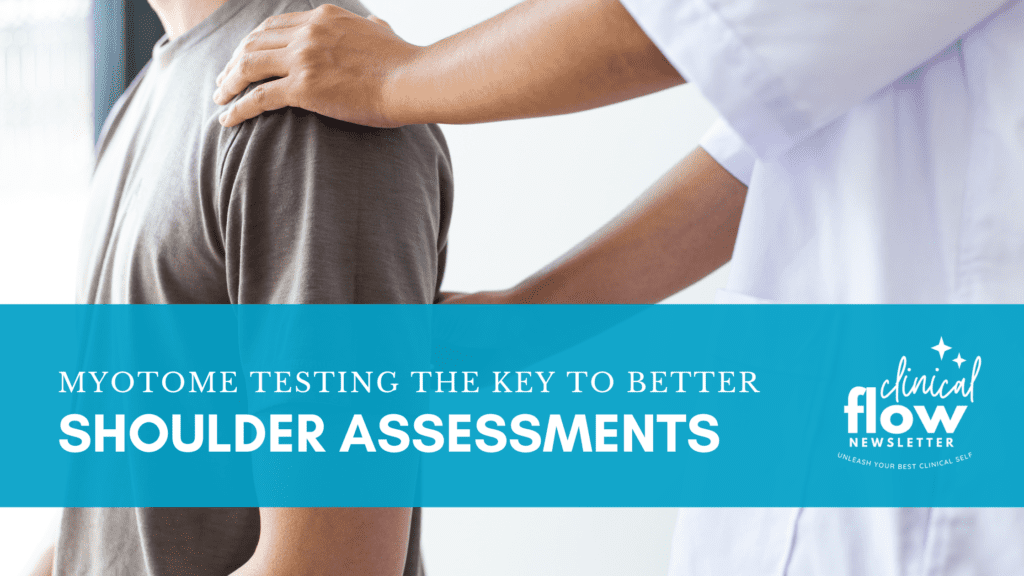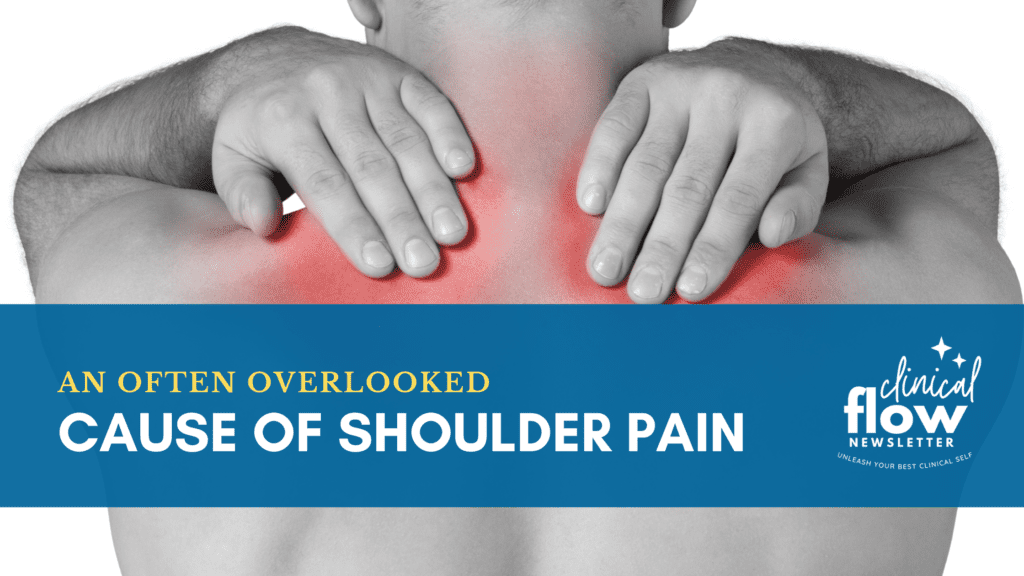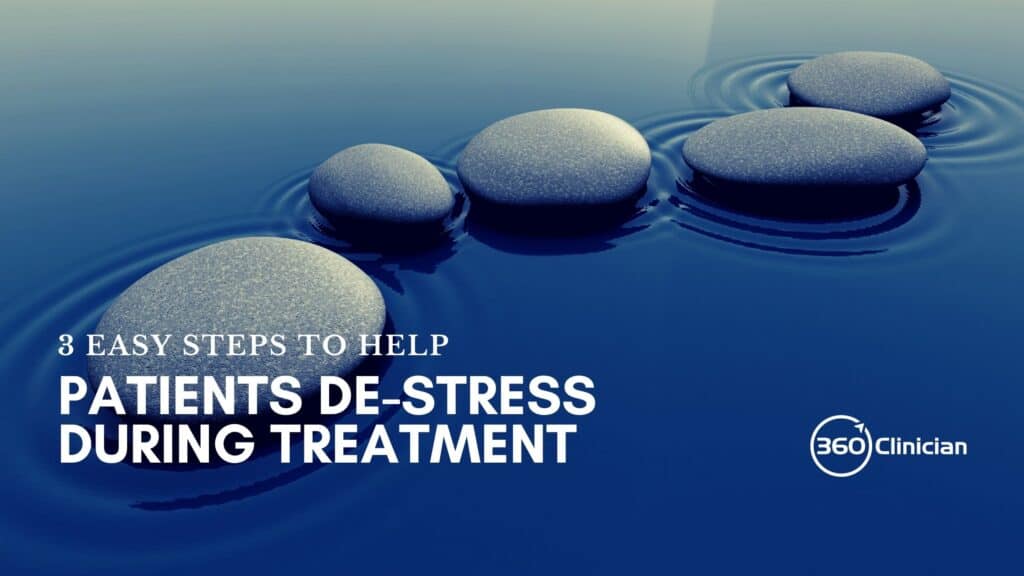How to Leverage Systems Thinking to Treat Your Most Challenging Patients
When patients complain of ‘tightness’, ‘stiffness’ and ‘pains and aches’ without a specific mechanism of injury it can be challenging. In part because the complaints can often feel vague.
How to Leverage Systems Thinking to Treat Your Most Challenging Patients Read More »




